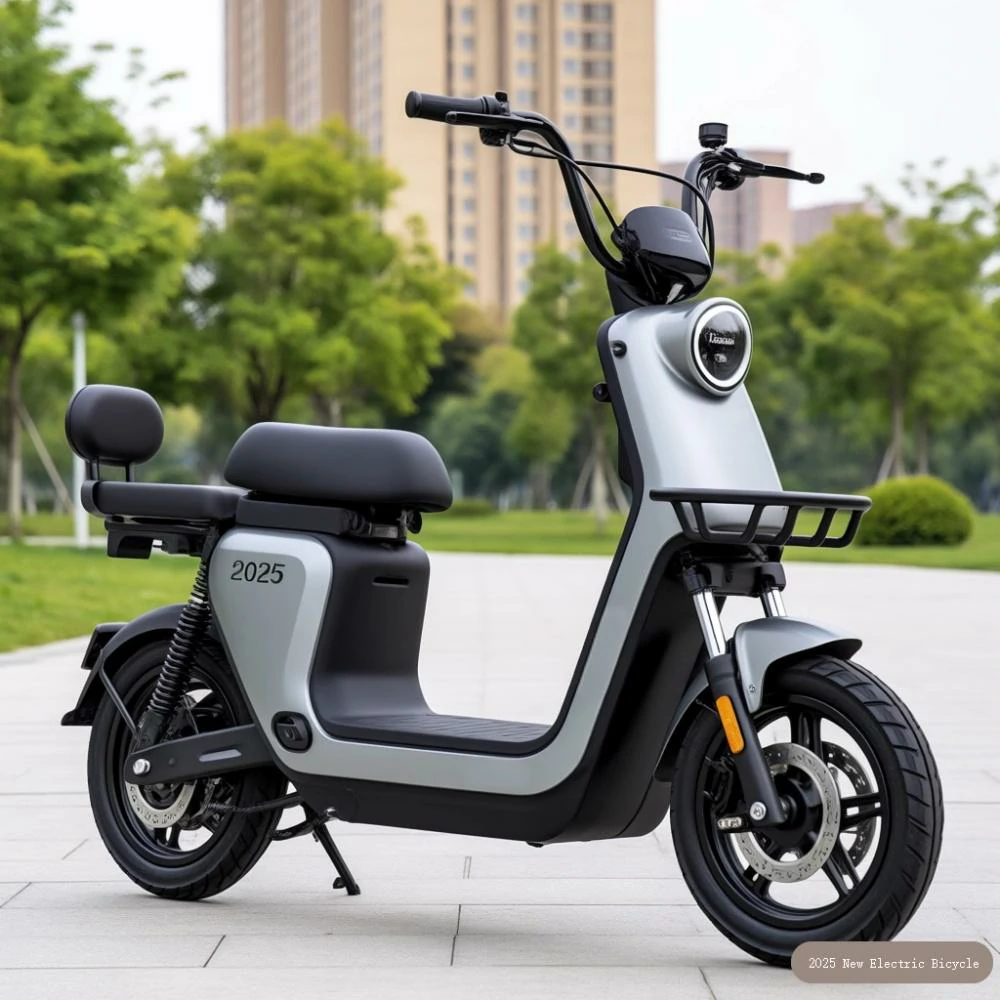Australia's recycling and disposal methods for electric bicycle batteries
2025-08-20
Australia has the following specific measures for the recycling and disposal of electric bicycle batteries, based on the different types of batteries (mainly lead-acid batteries and lithium batteries):
Recycling and disposal of lead-acid batteries
Pyrometallurgy: Smelting waste lead-acid batteries at high temperatures to separate lead and other metals. This method is relatively mature in technology, but it consumes a lot of energy and may produce harmful gases during the smelting process, requiring well-equipped waste gas treatment facilities.
Wet metallurgy: Dissolving lead and other metals in batteries through chemical reagents, and then extracting them through a series of chemical reactions. This method has low energy consumption and minimal pollution, but the process flow is relatively complex and the cost is high.
Professional recycling process:
- Transport waste lead-acid batteries to the smelting plant warehouse using dedicated environmentally friendly vehicles.
- Pour the electrolyte of waste lead-acid batteries into a sedimentation tank for drug treatment.
- Disassemble waste lead-acid batteries and send the casing to a plastic recycling plant for professional processing.
- Sort the separators of waste lead-acid batteries and send them to a professional factory for recycling and processing.
- Send the sorted waste plates into a large reflector furnace for smelting, and make them into lead ingots for recycling.
- The wastewater generated during the smelting process flows into the sedimentation tank and is treated with drugs together with the electrolyte.
- The waste residue generated during the smelting process shall be sent to a professional ironmaking plant for treatment.
- The waste smoke generated during the smelting process is safely discharged after being treated by a bag filter device.
Recycling system: According to the requirements of the "Technical Specification for Recycling Waste Lead Acid Batteries" and the "Implementation Plan for Extended Producer Responsibility System", lead-acid battery producers should establish a "sales one collection one" recycling system, adopt independent recycling, joint recycling or commissioned recycling models, and establish a network for recycling waste batteries at the end of consumption through their own sales channels or professional recycling enterprises. Distribution online stores, temporary storage points, centralized storage sites, etc. should implement the final destination of waste batteries and entrust enterprises holding hazardous waste operation licenses to carry out harmless utilization.
Recycling and disposal of lithium batteries
Physical method: The battery is initially separated through mechanical crushing, screening, and other means, and then further purified.
Chemical method: Similar to hydrometallurgy, it uses chemical reactions to extract valuable metals such as lithium.
Tiered utilization: For batteries that still have some remaining capacity but are not suitable for continued use in electric vehicles, they can be used in the field of energy storage, such as energy storage systems for solar and wind power generation. This can fully utilize the remaining value of the battery and reduce resource waste.
Professional recycling process:
- The preprocessing process includes deep discharge, fragmentation, and physical sorting.
- Secondary treatment commonly uses methods such as heat treatment, organic solvent dissolution, alkaline solution dissolution, and electrolysis to achieve complete separation of positive and negative electrode active materials from the substrate.
- According to the classification of extraction processes, battery recycling methods can be mainly divided into three categories: dry recycling, wet recycling, and biological recycling.

Recommended electric bicycle batteries:
Bicycle battery OEM customization
